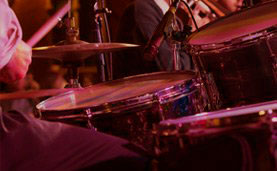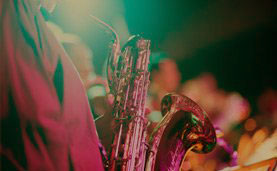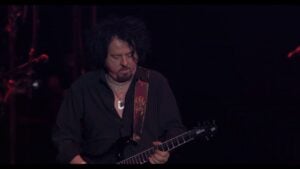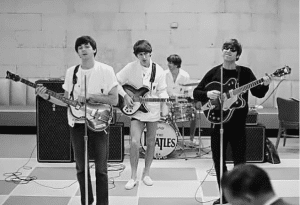Saturday Morning TV Memories In The ’60s and ’70s Are Irreplaceable
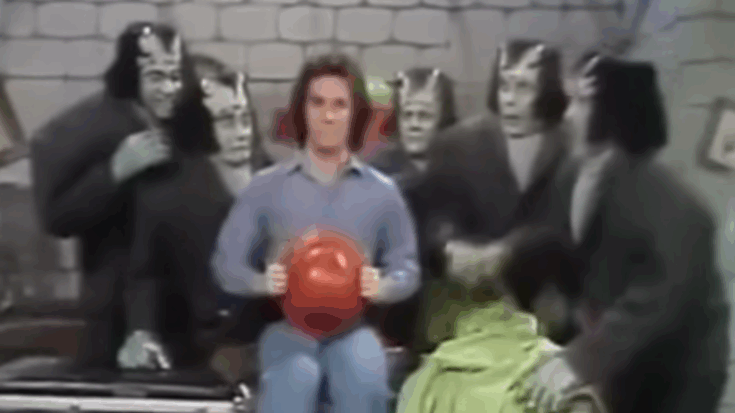
via Johnnyboy792 / YouTube
For kids growing up in the ’60s and ’70s, Saturday mornings were sacred. The rest of the week might have been filled with school, chores, and early bedtimes, but Saturday morning meant something different—it meant freedom, fun, and the magic of television made just for children. From colorful cartoons to catchy theme songs, these shows became a ritual that shaped childhoods across an entire generation.
It wasn’t just about the programs themselves, but the feeling of gathering in front of the TV in pajamas with a bowl of cereal, waiting for that first theme song to start. The laughter, the imagination, and the shared cultural touchstones created memories that still bring smiles decades later. For many, it remains an era that television has never managed to replicate.
Looking back now, Saturday morning TV was more than just entertainment—it was a cultural phenomenon. It represented a time when kids had their own block of television carved out for them, when creativity and playfulness ruled the airwaves.
Great Saturday morning memories #70s #cartoons pic.twitter.com/zbyAiVE8zB
— Wayne__J (@Wayne_Jones2506) November 9, 2024
Cartoon Classics That Defined a Generation
The lineup of cartoons that filled Saturday mornings in the 60s and 70s was unlike anything before or since. From the superhero adventures of Spider-Man and Super Friends to the comedy of Scooby-Doo, Where Are You! and Josie and the Pussycats, these shows offered endless variety. They didn’t just entertain—they introduced kids to humor, storytelling, and even teamwork through their colorful casts of characters.
The styles were diverse. Hanna-Barbera dominated with its distinctive animation and playful humor, while Marvel heroes brought action and excitement. Each show had its own flavor, and together they created a vibrant Saturday lineup that seemed to stretch forever. Kids knew that when the clock struck Saturday morning, their favorite characters would come to life once again.
Even today, those cartoon themes remain unforgettable. Few can hear the opening notes of Scooby-Doo or The Jetsons without instantly being transported back to those carefree mornings when the only worry was who got the best seat on the couch.
The Power of Theme Songs and Commercial Jingles
Part of what made Saturday morning TV so special was the music. Theme songs were crafted to be instantly catchy and memorable, embedding themselves in children’s minds long after the shows ended. Whether it was the groovy tune of Josie and the Pussycats or the dramatic opening of Spider-Man, the songs set the mood and gave each program its identity.
Commercials, too, became part of the ritual. Breakfast cereal ads, toy promotions, and even PSAs like “Schoolhouse Rock” worked their way into the experience. Kids didn’t just tolerate the commercials; they embraced them as part of the Saturday morning package. In fact, many jingles were so catchy that they rivaled the shows themselves in cultural staying power.
Looking back, the blend of cartoons and jingles created a kind of shared soundtrack for childhood. These tunes could be hummed on the playground or remembered decades later, proving the power of music to anchor memory.
A Ritual That Can’t Be Recreated
What made Saturday morning TV irreplaceable wasn’t just the shows or the music—it was the ritual itself. Families had one or two televisions at most, which meant the kids had the set for a few hours while adults let them enjoy their time. Pajamas, cereal bowls, and the glow of the TV set formed a unique kind of weekly holiday just for kids.
Unlike today’s on-demand entertainment, there was something magical about the anticipation. You couldn’t just stream a favorite episode anytime—you had to wait for Saturday, and that made it feel even more special. The shared schedule united millions of kids who all watched the same shows at the same time, creating a cultural bond.
Now, with endless streaming options, the experience has changed forever. While children today may have more choices, they don’t have the same shared ritual that made growing up in the 60s and 70s so distinctive. That’s why those memories remain treasured and, in many ways, impossible to replace.


